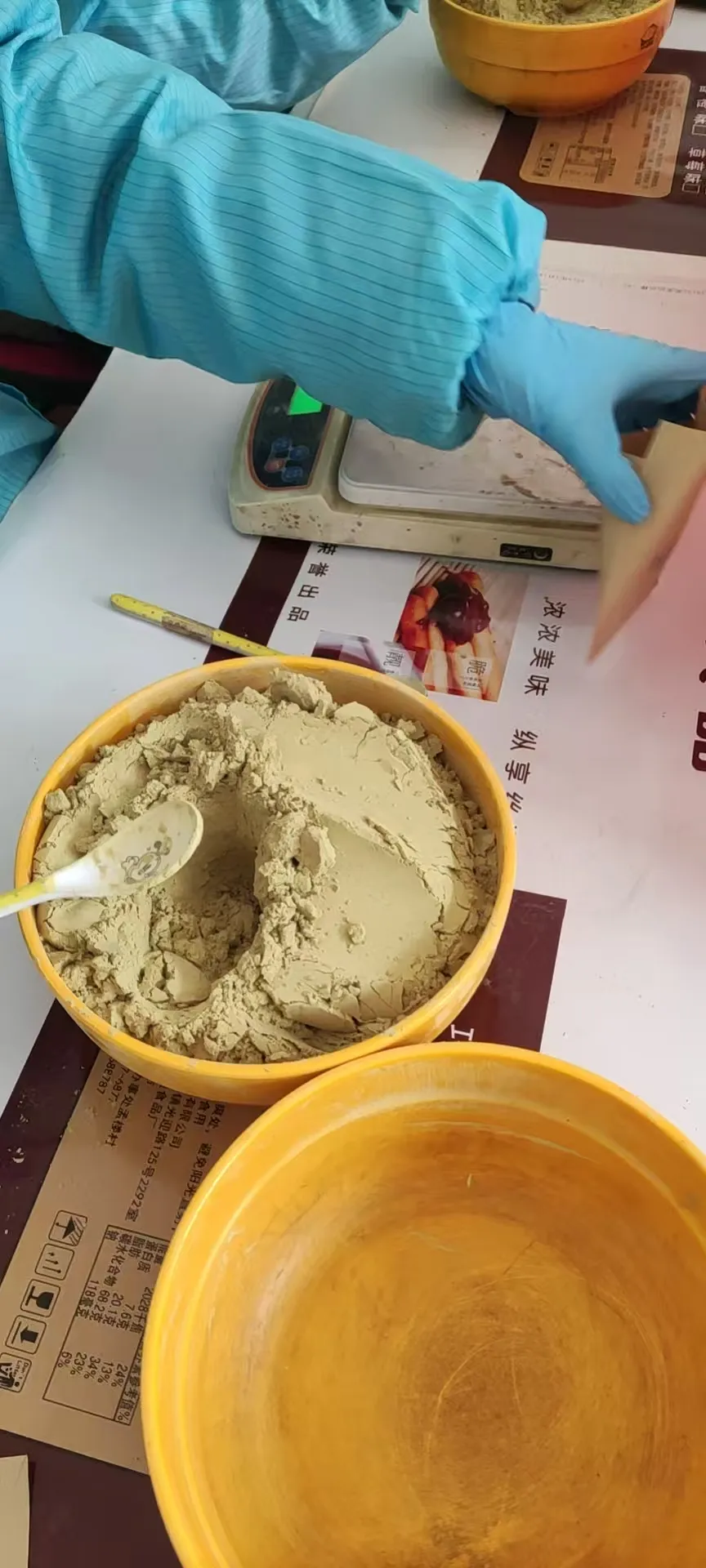Dec . 05, 2024 10:10 Bumalik sa listahan
Understanding Pollen Types and the Art of Pure Pollination
Pollen plays a crucial role in the natural world, facilitating the reproduction of plants and contributing to biodiversity. Whether you're a gardener, a researcher, or simply someone interested in nature, learning about pollen types, plant pollen, and different types of pollen can deepen your appreciation for how life flourishes. With the increasing focus on sustainability and conservation, the practice of pure pollination has gained attention as a means to support healthy ecosystems and food production.

The Role of Pollen Types in Plant Reproduction
Pollen types are as diverse as the plants that produce them. Each type has unique characteristics that enable it to effectively transfer genetic material during reproduction. From fine, lightweight grains designed for wind dispersal to sticky, heavy particles that rely on insect pollinators, the diversity of pollen types reflects the adaptability of plants to their environments. This variety ensures that plants can thrive in a range of conditions, playing a vital role in maintaining ecological balance.
Exploring the Characteristics of Plant Pollen
Plant pollen is an essential component of the reproductive process in flowering plants. It carries the male gametes necessary for fertilizing ovules, leading to the formation of seeds and fruits. The structure of plant pollen varies greatly between species, with each adaptation optimized for its pollination method. Insects, wind, and water are common pollination agents that rely on the specific traits of plant pollen to ensure successful fertilization. Understanding these traits can help in plant breeding and agricultural practices.
Identifying the Different Types of Pollen
There are many different types of pollen, each uniquely suited to the needs of its parent plant. Some examples include wind-pollinated grains, which are typically small and lightweight, and insect-pollinated grains, which are sticky or spiky to adhere to pollinators. These different types of pollen influence not only plant reproduction but also allergies in humans. Recognizing the properties of these pollen varieties can aid in managing allergy symptoms and improving plant cultivation techniques.
Promoting Sustainability Through Pure Pollination
Pure pollination refers to the intentional cultivation of plants to ensure natural and effective fertilization. This practice minimizes cross-contamination and promotes genetic diversity within plant species. By focusing on pure pollination, farmers and conservationists can support ecosystems while improving crop yields. Whether through the use of controlled environments or by fostering native pollinator populations, the emphasis on pure pollination highlights its importance in sustainable agriculture and biodiversity conservation.
Why Knowledge of Pollen Types Matters
Understanding pollen types is essential for anyone involved in agriculture, gardening, or environmental science. This knowledge aids in selecting plants that thrive in specific climates, managing pollinator health, and reducing the impact of invasive species. Additionally, recognizing the significance of pollen types can inspire efforts to preserve native flora and support global food security, making it a critical area of study in today's rapidly changing world.
By delving into the world of pollen types, plant pollen, and pure pollination, we gain insights into the intricate systems that sustain life. Whether you're working to enhance your garden, support local pollinators, or contribute to sustainable practices, this knowledge empowers us to create a more balanced and flourishing environment.
-
Shifting Patterns in Ambrosia Pollen, Grass Pollen, and Pine Tree Pollen
BalitaJul.07,2025
-
Revolutionizing Cherry Pollen Preservation: Freeze-Drying and Cryopreservation
BalitaJul.07,2025
-
Navigating Seasonal Challenges in Plum Pollen Production and Supply
BalitaJul.07,2025
-
Global Surge in Kiwipollen Demand: Trends Shaping Wholesale Markets
BalitaJul.07,2025
-
Commercial Harvesting and Processing of Pear Pollen
BalitaJul.07,2025
-
Best Practices for Processing and Buying Apple Tree Pollen
BalitaJul.07,2025